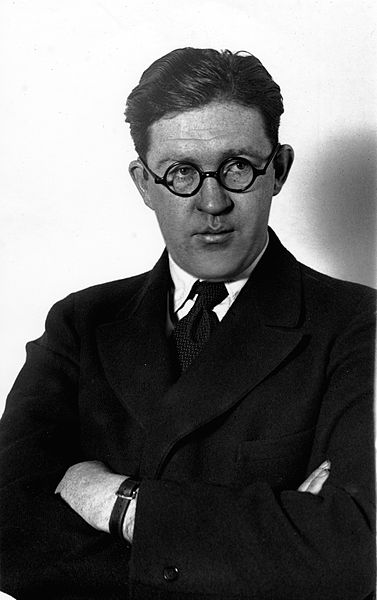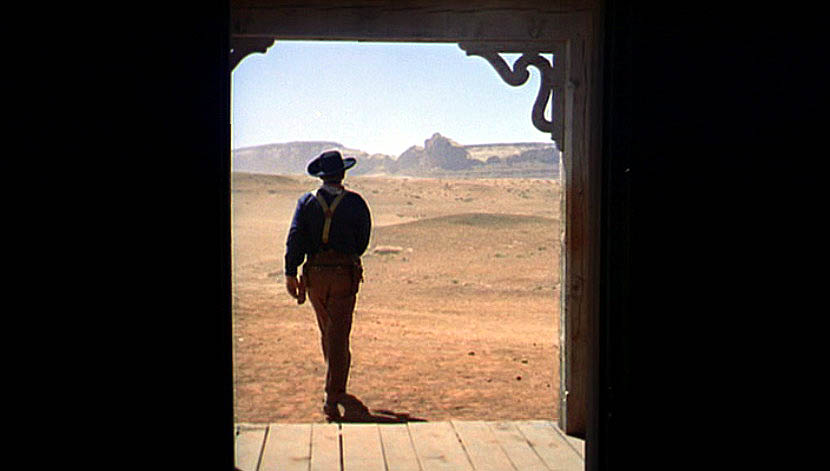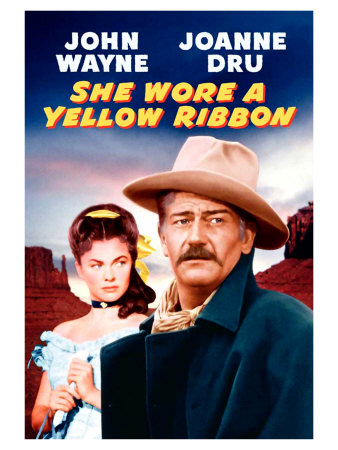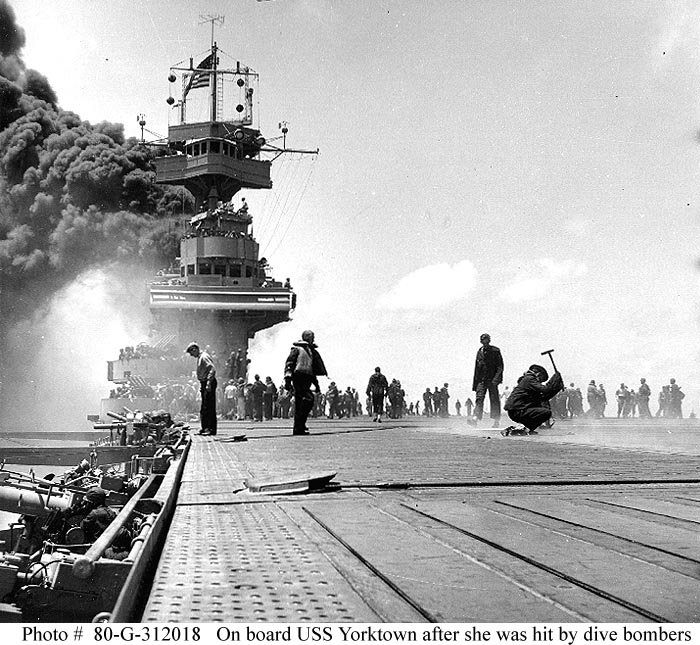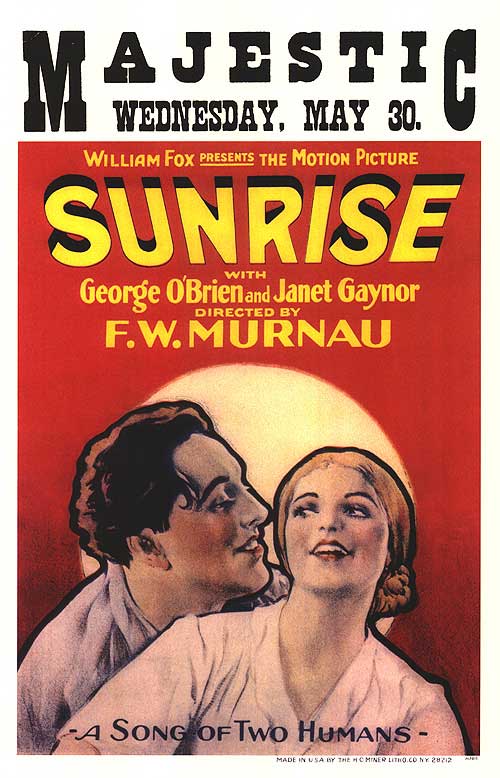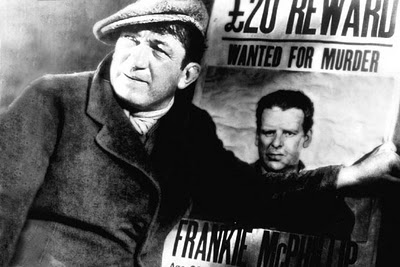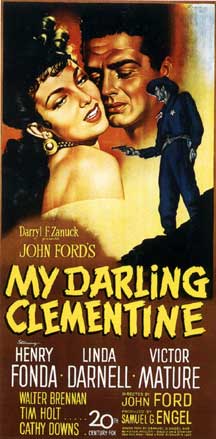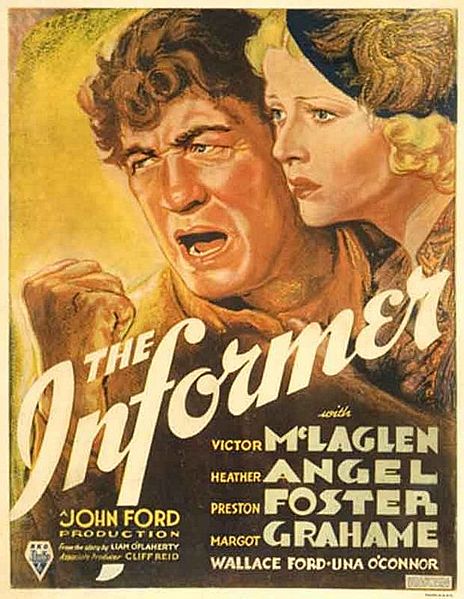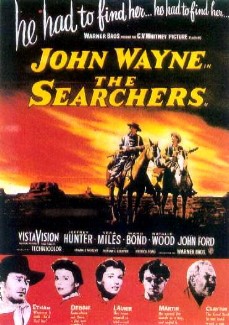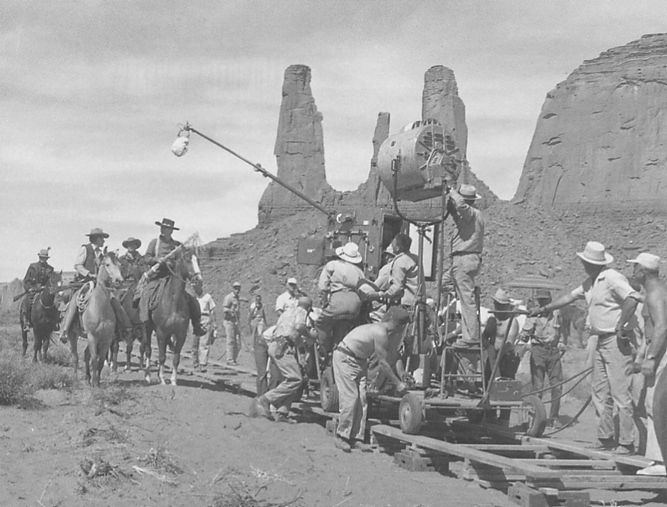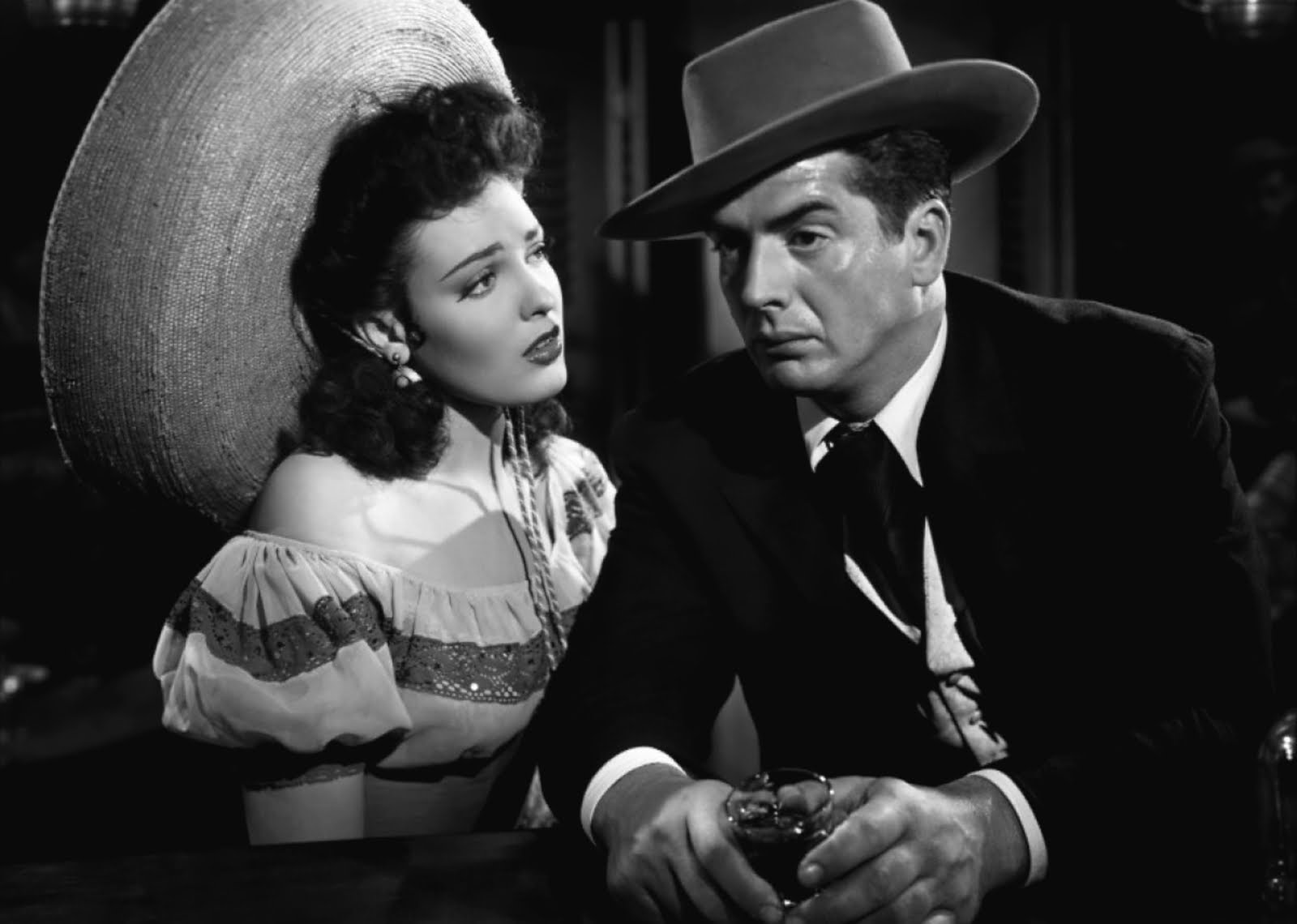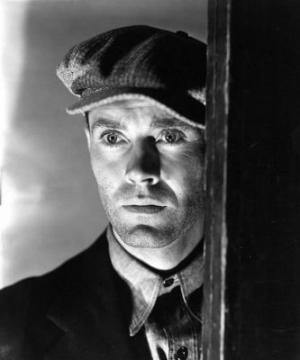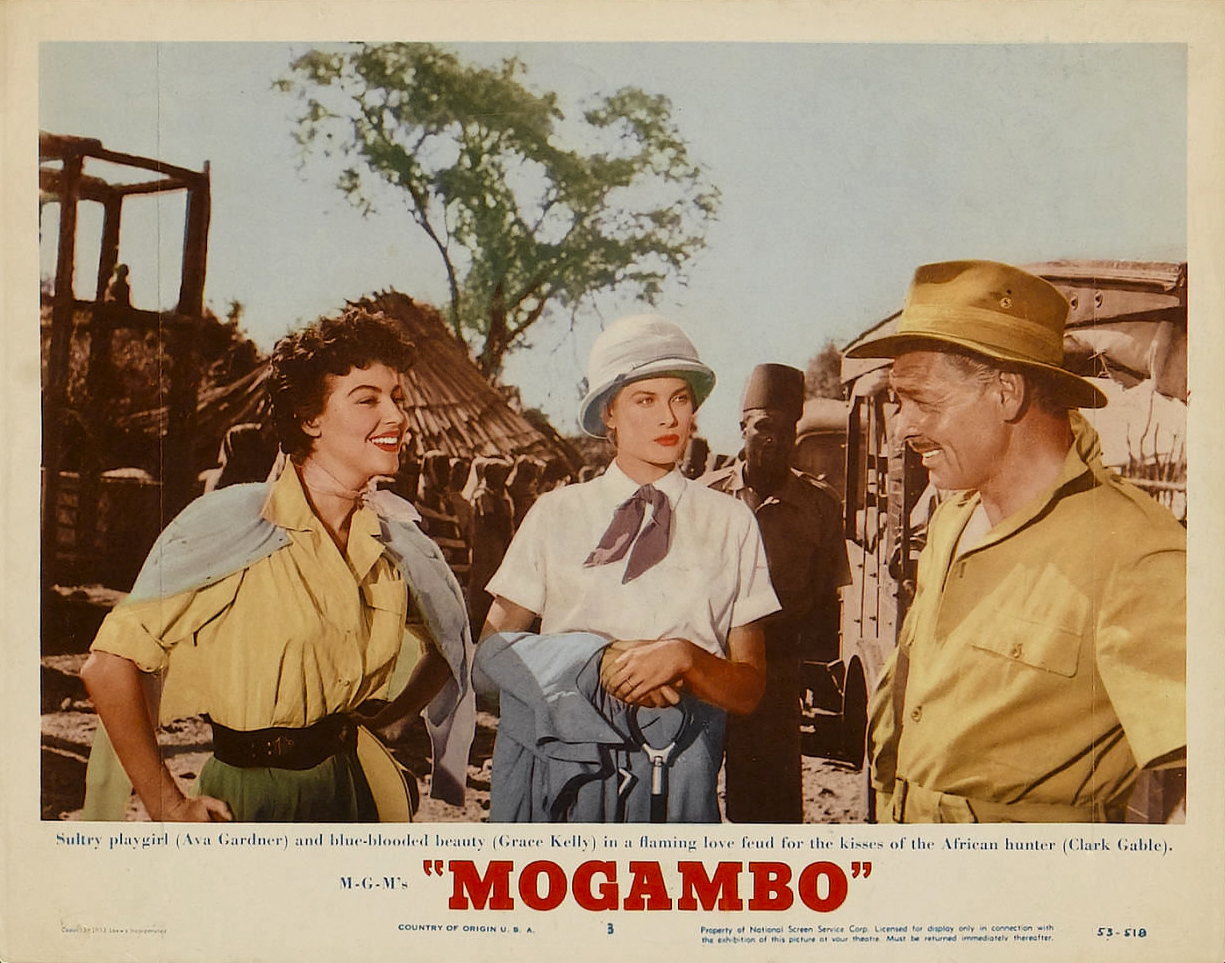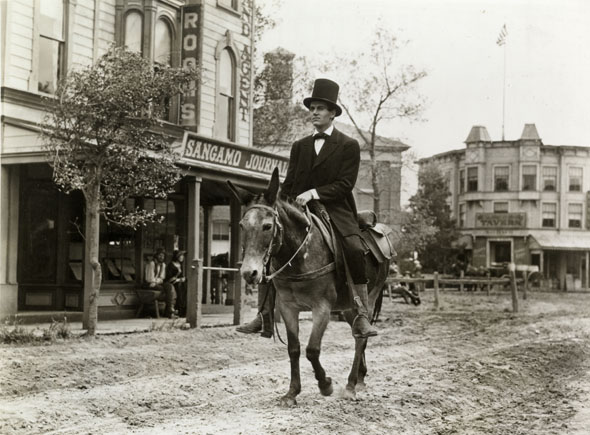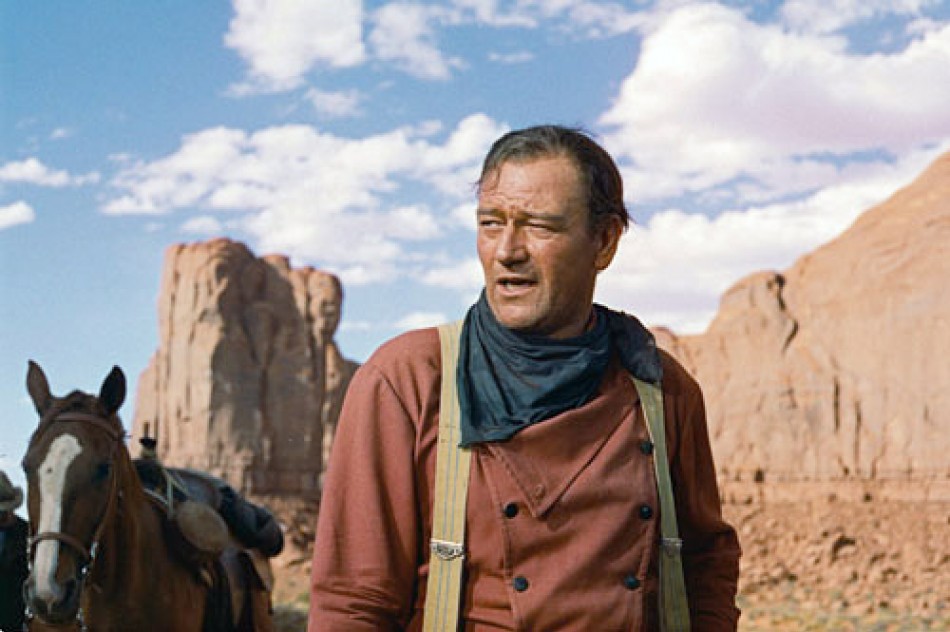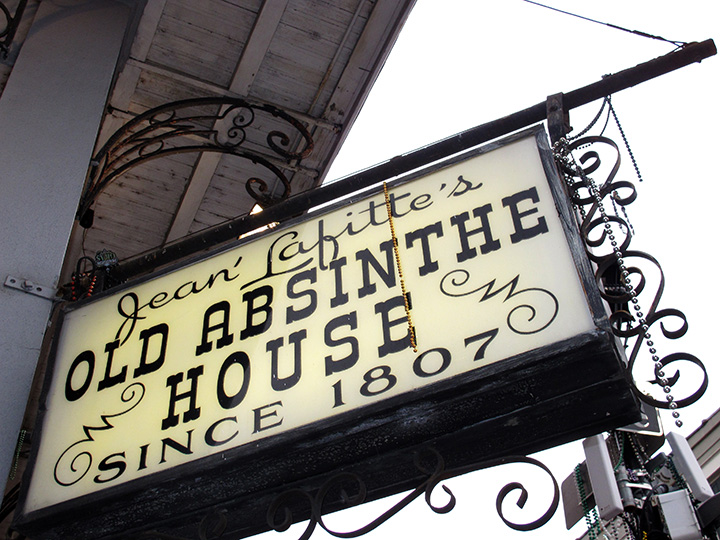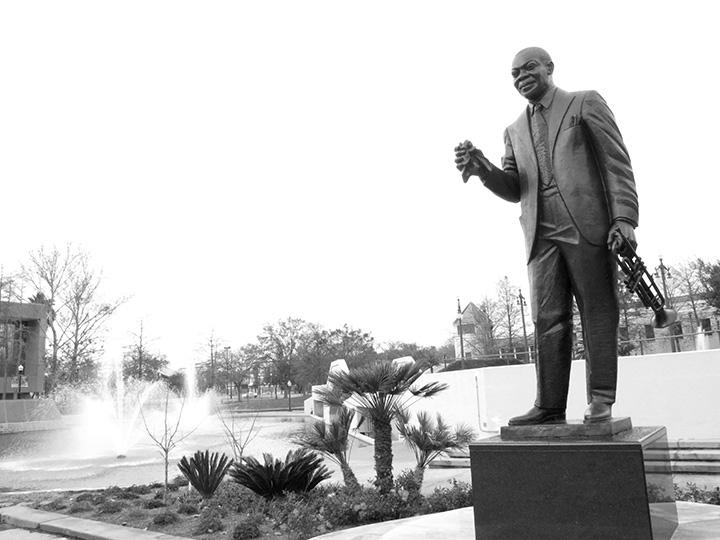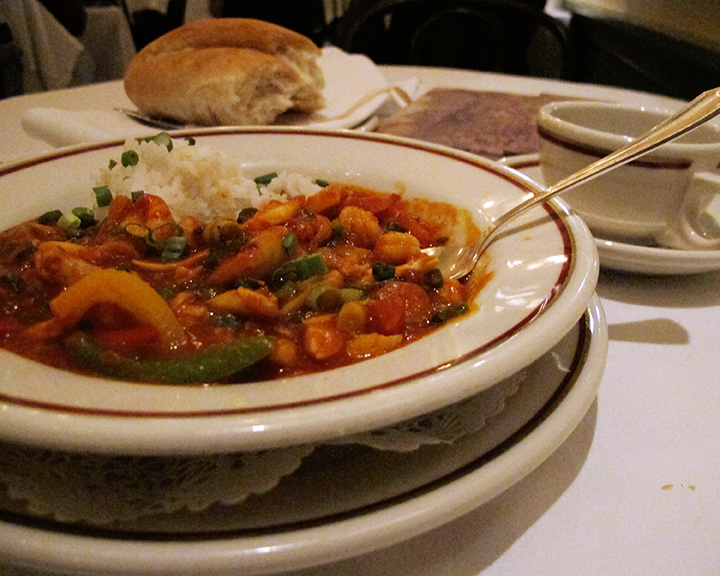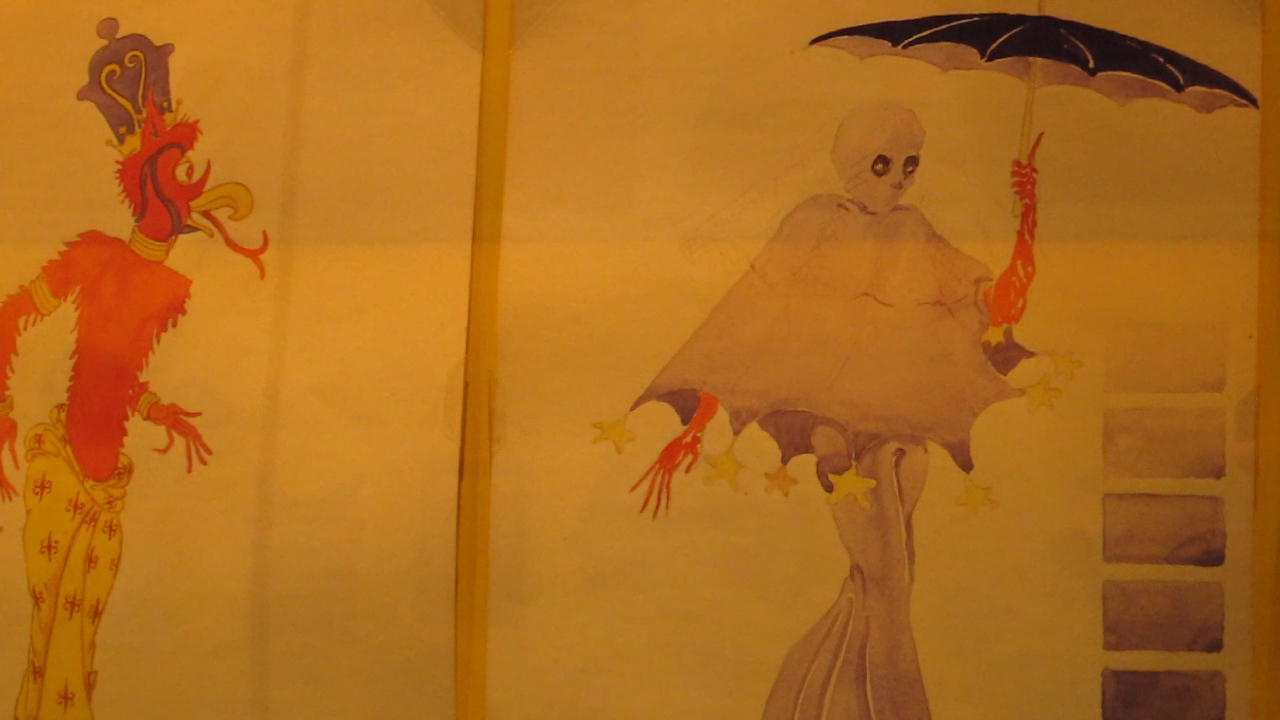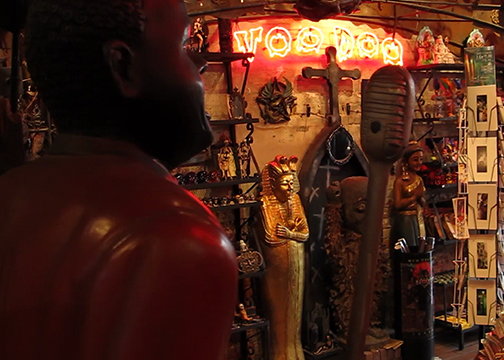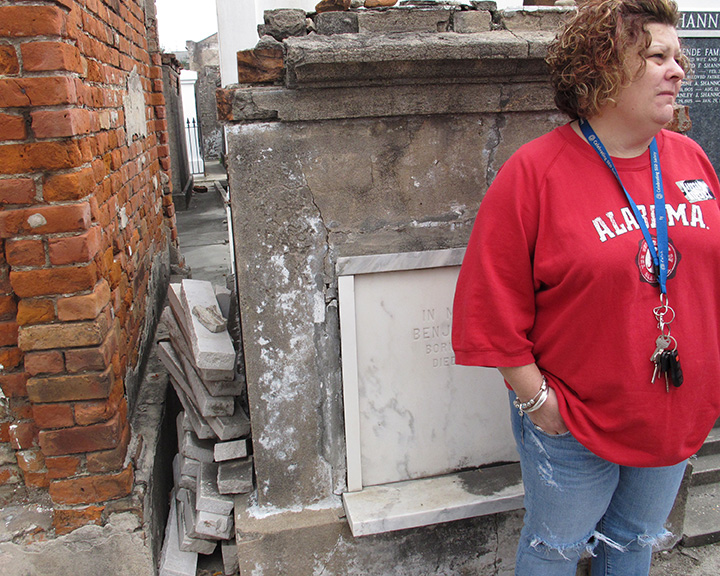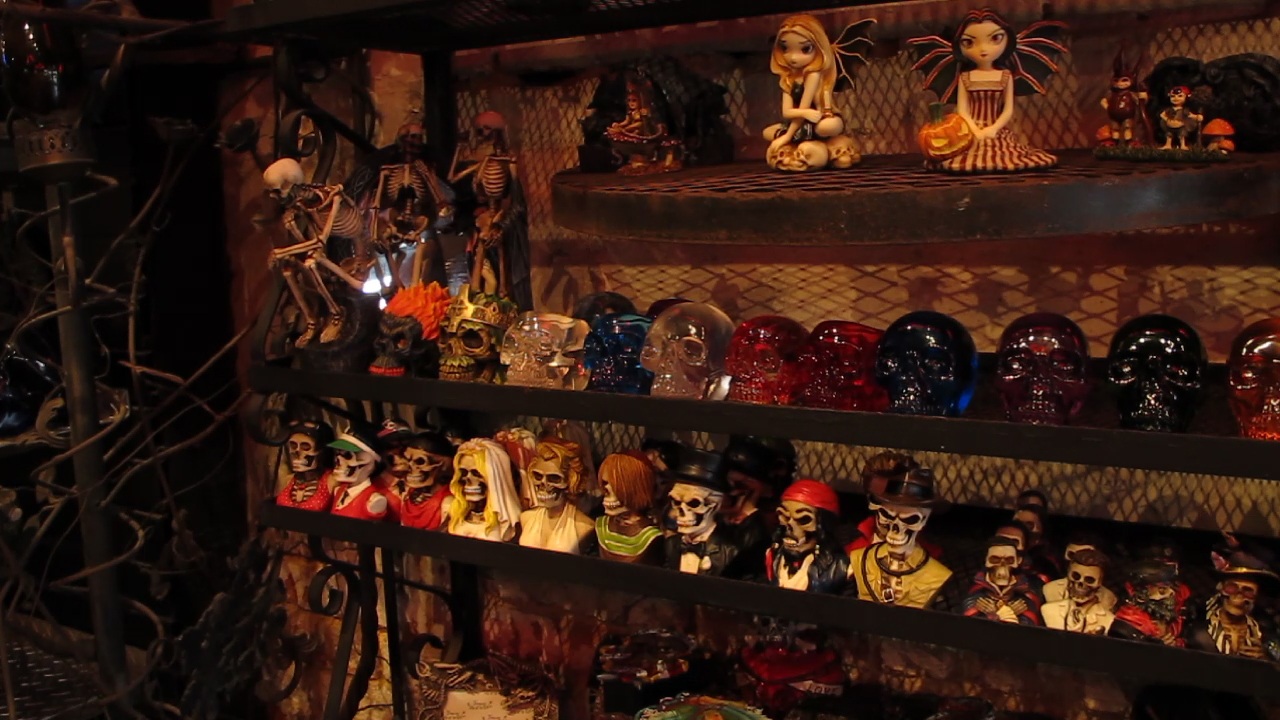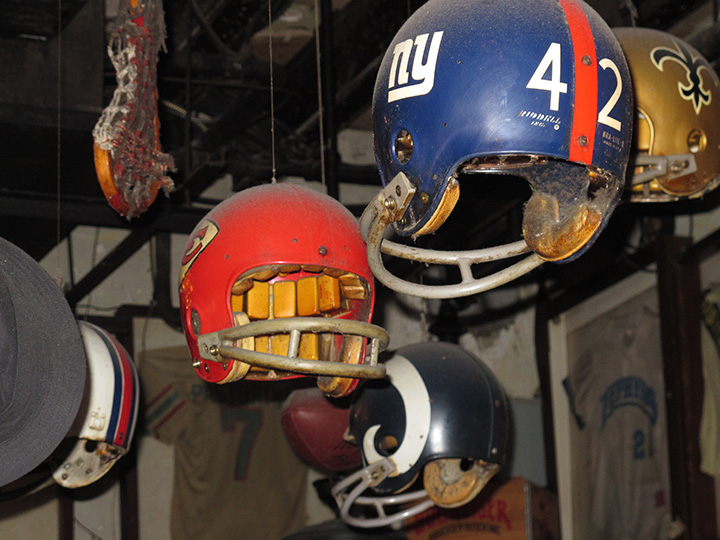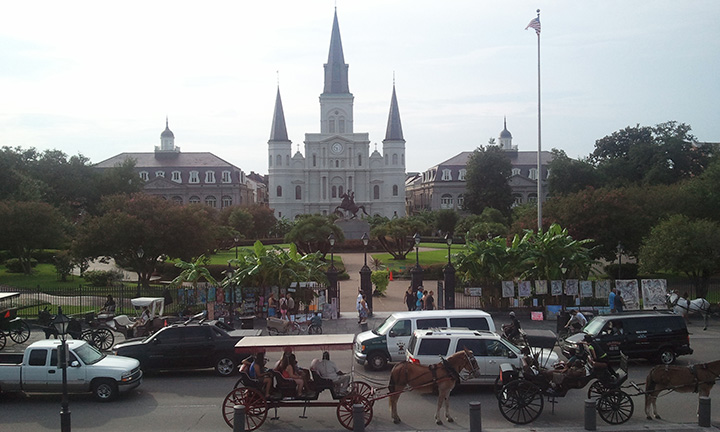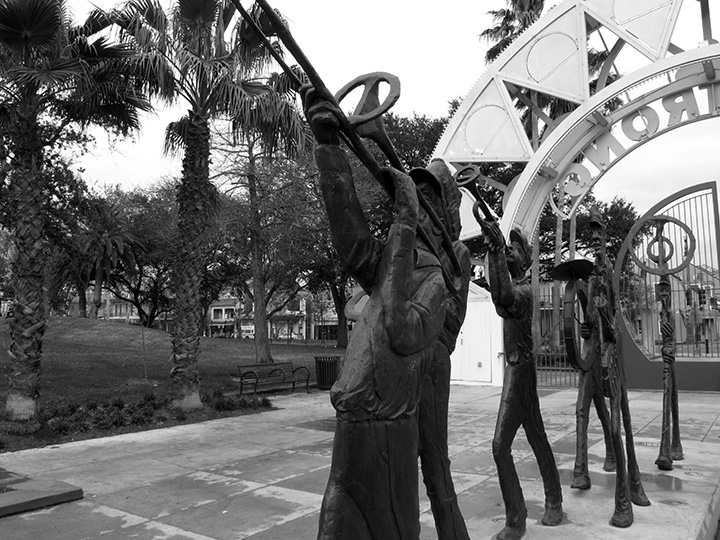“My name is John Ford. I am a director of Westerns.” That’s how Ford described himself at a Screen Directors Guild meeting in 1950. It is a simple enough statement upon first glance, but like Ford’s work it is not so simple when examined more closely. It is however a good introduction to the iconic director who turned the Western into an art form.
John Ford – circa 1920
When he made that laconic introduction, he had won three Best Director Oscars for The Informer, The Grapes of Wrath, and How Green Was My Valley. All three of these films were prestigious literary adaptions but not Westerns. At the time, the Western was considered to be an inferior genre, comprable to dime-store romance novels. Why then would Ford identify himself with it?
I’ll get to that in a moment, Pilgrim, but let me say a few words about John Ford as way of introduction, so hold your horses. Literally,
John Ford’s films get consistently included in lists of the best movies ever made. He won four Oscars for Best Director, a record that no one has yet surpassed. Frank Capra was a friend, and Orson Welles was a big admirer; The story goes that Orson watched Stagecoach over 40 times in preparation for Citizen Kane. Other filmmakers who list Ford as influence include Akira Kurosawa, George Lucas, and Martin Scorsese.
The Searchers – 1956
Yet John Ford’s films tend to be a little different than what modern audiences have come to expect in a movie experience. They are glimpses into the lives of historical characters not roller coaster rides optimized around plot. Being such, the Ford films tend to unfold at a more leisurely pace, a pace that even Ford’s producers back then fought in vain to accelerate.
Also, in the words of Peter Bogdanovich, Ford is attracted to drama that communicates the “glory in defeat,” which takes some acclimation if you’re used to feeling like a winner every time you walk out of the theater. Still, there’s much to admire in a John Ford film, and I hope this overview will help you to better appreciate his work.
John Ford once told an interviewer, “When I come back from making a Western on location, I feel a better man for it.” He enjoyed being outdoors and working hard, he went on to explain, but there was more to it than that.
The Western also gave Ford an opportunity to explore his fascination with military men and frontier living, with American history and the fading traditions of the Old World, while trying to reconcile the contradictions in his soul.
She Wore a Yellow Ribbon – 1949
Ford’s cowboys are like his military men: defiant, courageous types with a distinct sense of honor who are trying to get a job done under challenging circumstances. In fact, the films in his Cavalry Trilogy, Fort Apache, She Wore a Yellow Ribbon, and Rio Grande, work as both Western and military films. The Cavalry was, after all, a division of the United States Army at the time.
Let’s not forget that in addition to his exceptional Westerns, Ford also made solid military films like Mister Rogers, They Were Expendable, and The Lost Patrol. The Long Gray Line is another one of his military films, an underrated one that I quite enjoyed.
It focuses on West Point, the renowned United States Military Academy, and observes as the school turns a clumsy adolescent into an admirable man. (I suspect that the Richard Gere’s An Officer and a Gentleman was at least indirectly influenced by The Long Gray Line, but I haven’t found any documentation about that.)
The notion of a boy becoming a man by responding well to adverse circumstances is a recurring one in Ford’s work. Another example worth mentioning occurs in Rio Grande when John Wayne’s son finally earns his dad’s respect after performing bravely in battle.
Battle of Midway, U.S. National Archives Collection – 1942
John Ford or Pappy, as he was sometimes called, didn’t just pay lip service to military men for the sake of his career. When the stakes mattered most, Ford volunteered to help, risking his life to document the war effort during World War II.
Now days when filmmakers shoot war films, they add camera shake as an effect to simulate combat. When John Ford shot his award-winning documentary The Battle of Midway, the camera shake is there because the enemy combatants were firing heavy artillery at his boat. He got injuring while shooting that film. How many other filmmakers would risk as much for the things they value?
In Ford’s 1937 film The Hurricane, Father Paul tells an oppressive Governor, “There are stronger things than governments in this world.” The hurricane of the film’s title makes it possible for the heroic, defiant Terangi to escape the Governor and prove true the words of Father Paul. Thus, nature allows a good man to escape the tyranny and corruption of the civilized world.
Sunrise – 1927
That’s another important theme to John Ford. He was greatly influenced by F. W. Murnau’s silent-film Sunrise, admiring it so much that he went to Germany and met its director. In Murnau’s expressionistic masterpiece, the city and the country are treated as polar opposites.
The countryside represents all that is innocent, pure, and good. The city, on the other hand, represents all that is corrupt, decadent, and evil. Ford never took the polarity quite that far, but he did draw upon it.
(Maybe the exception to that is Hangman’s House. That silent-film of Ford’s goes so far as to confine its corrupt politician in a spooky house with a surreal fireplace. That whole film felt so much like a Edgar Allan Poe story that I kept waiting for a macabre raven to quoth.)
Still, Ford’s frontier is generally the stage where virtue is on display, and the city tends to showcase corruption and hypocrisy. For example, in Stagecoach the travelers escape the judgmental, falsely pious society ladies in the city. Later they reveal their character or lack thereof in the frontier.
The Informer – 1935
The city in The Informer is a dark place where the fear of betrayal lingers, and in How Green Was My Valley the sense of community deteriorates as the town becomes more industrialized. In the movie, Mr. Gruffydd the good pastor and mentor to Huw, the central character, even declares, “Nature is the handmaiden of the Lord.” Etc.
That’s not to say that Ford is altogether opposed to civilization. With civilization comes law and order, dancing, and churches, all good things to Ford if uncorrupted, and in a Ford film the civilizing influence tends to be associated with a good woman.
The most obvious example of that happens in My Darling Clementine. When Clementine comes to town, she sets up a school to educate the locals. Wyatt Earp first connects with her when they attend a church-building ceremony that turns into a festive dance.
My Darling Clementine – 1946
Speaking of a church, now is as good of a time as any to mention the underlying sense of faith in Ford’s films. These days, the preference is to whitewash an artist’s religious beliefs into something generic like this: “he was a great humanitarian who really, truly, truly believed in the power of the human spirit.” Stirring words, Pilgrim.
Sometimes that kind of generalization is appropriate, but not when faith is a central component in someone’s work, as it is for John Ford.
As a side note, a few years ago I read about some hipster gal who planned to do a sterilized adaption of Dostoevsky’s Crime and Punishment that was purged of any reference to religion. That would be like trying to retell Upton Sinclair’s novel The Jungle without the meatpacking industry. Dostoevsky should give that girl a good hard slap in the afterlife for that kind of attempted butchery.
Anyway, sometimes a sense of faith is implied in Ford’s films, but in films like The Informer, 3 Godfathers, and How Green Was My Valley, it is front and center. And partner, you’d have to be sleeping by the campfire to miss the religious metaphors in the Informer. The main character’s existence is a murky one until his religious experience in a church, a scene that is designed to bring to mind Christ’s lament on the cross, “Father forgive them for they know not what they do.”
The Informer – 1935
That film is well regarded even today, but some critics complain that it is too literal in its symbolism. That line of critique strikes me as a little snobbish. Sometimes it is fun when a story’s higher meaning is hidden in Egyptian cuneiform, but sometimes an artist wants to make sure that as many viewers as possible get the point. I’ve been to the mountaintop, and I saw democracy at work, ladies and gentlemen! Honestly, do those same critics also complain that interstate road signs make finding desired exits less of an adventure?
Taken as a whole, Ford’s films have this sense that Providence is guiding the events of history. For a specific example see Ford’s Young Mr. Lincoln, when Abe fortuitously receives a set of law books that will shape his interests or when he lets “the stick decide” an important career choice while paying respect to the grave of Ann Rutledge.
There’s a similar idea in Rio Grande. In that film, the final shoot out happens in a church, and the good guys shoot through an unsubtle cross-shaped opening. Through Christ, John Ford suggests, law and order will finally come to the wild west.
Believing in the guiding hand of God in the course of human events is not the same thing as having a Pollyanna outlook on life. As I suggested earlier, John Ford is often the poet for the defeated ones. It wouldn’t be a John Ford film if there wasn’t a sufficient amount of sadness in the mix.
Contrary to typical box-office fare, The Last Hurrah is about a politician who LOSES his last bid for political office. Cheyenne Autumn tells the tragic story of the Northern Cheyenne Exodus, where the Indians were tricked and pushed out of their land. Fort Apache looks at the senseless slaughter that sometimes happens when the man in charge thinks only of his own ambitions.
The Searchers – 1956
My favorite John Ford film, The Searchers, tells the story of Ethan Edwards, a man who pursues the band of Comanche Indians who killed and raped some of his loved ones. In spite of that gruesome context, the point of the film, as Peter Bogdanovich points out in his excellent commentary, is summed up by the line, “someday this’ll be a fine good place to live.”
In Sergeant Rutledge, another one of Ford’s films shot in Monument Valley, that same idea is expressed again in so many words: “But Mary it’s a good land, it really is. Maybe not now, but like Rutledge says, someday.”
Ford is well aware that America is an empire, like Rome, built upon tragedy right from the start, and yet he still believed that it was worth defending, that it COULD be something good. He’d show up in his Naval uniform at prominent events to broadcast that belief.
When others questioned the merits of his patriotism, he’d quote John Wayne as saying, “If you know of a better flag to wave, then wave it.”
The Searchers production still
Since we’re talking about The Searchers, someone should tell David Fincher that it is possible to make a great film about a difficult subject without addressing the disturbing aspects in explicit detail. All of the rape and violence against children in The Searchers takes place off screen, and I haven’t run into anyone who’s liked the film less as a result.
We’re getting closer to the end, folks. It is tricky to do justice to a filmmaker like John Ford in a short time. Thanks for being patient.
Let me conclude by using The Searchers to address both Ford’s greatest deficiency and his greatest gift. Most Ford commentators that I’ve read mention the importance of family in his films, and The Searchers is a shining example of that. The sense of joy or warm familiarity on-screen that happens when family members reunite is enough to make even the most jaded skeptic rethink his thoughts on marriage.
How tragic then, that John Ford was a horrible family man. Most biographers believe that he had numerous affairs with various starlets, perhaps even Katherine Hepburn.
His son struggled throughout his life, mostly in vain, to gain the attention of his father. His daughter became an alcoholic like her dad, and her first marriage ended quickly. Observers theorize that she lacked a solid point of reference for what a happy family could be like, so she just drew upon what she saw growing up.
My Darling Clementine – 1946
When Ford wasn’t shooting films, he was going on alcoholic benders, often ending up in the hospital. The story goes that alcohol was such a problem even early in Ford’s career that Samuel Goldwyn hired him to direct Arrowsmith in 1931 on condition that Ford not drink during the production. In response, John Ford sped up the shooting schedule.
That might sound amusing to someone who has never faced the heartbreaking realities of a loved one battling addiction. I assure you that it isn’t.
That discrepancy between Ford’s work and Ford’s life was tough for me to discover. I desperately want to find people who are consistent in their public and personal lives. Maybe that’s because some of the key people in my life lacked that consistency. Anyway, my knee-jerk reaction is to see nothing but the work of a hypocrite when I encounter that sort of discrepancy.
Things are rarely so simple though. Most of us have some seeming contradictions in our souls that we are trying to resolve in our own ways. Creative types tend to do that with work, and Ford was no different.
Some critics express surprise in the apparent contradictions between Ford’s work and Ford’s personal life, but there are enough clues in his films. Sure, there are tender family moments in his films, but more often then not, the films end with separation. The cowboy rides off into the horizon as his lady quietly ponders her future. The military man has to leave his girl behind as he tends to his duties.
Ford’s men are about as masculine as you get, but it is almost as if they don’t know how to remain masculine around Ford’s feminine ladies, so they have to leave.
The Grapes of Wrath – 1940
Even in The Grapes of Wrath, which has a theme of people sticking together in the name of survival, Tom Joad leaves the family by the end. I know it is similar to the book, but that aspect of the story might have been subconsciously appealing to Ford.
The film historian Joseph McBride suggests that Ford’s 1933 film Pilgrimage hints at the root of his relationship struggles. It is the rare Ford film where the mother figure isn’t given the beautified treatment. Instead, she’s an overbearing force who ruins her son’s life. McBride’s theory is that this is close to how Ford felt about his own mother, but he tended to suppress his negative feelings most of the time.
The film Mogambo gives additional insight into Ford’s personal struggles. That’s his safari film with Ava Gardner, Clark Gable, and Grace Kelly. There are some charming moments with Ava Gardner and the baby elephants, but it is also the only Ford film I’ve seen where the main character is involved in an affair with a married woman.
Mogambo – 1953
When the married Grace Kelly asks Clark why he hasn’t gotten married yet, he replies that women like her prevent it. It is a cryptic remark at the time, but later it becomes clear: He tries to keep his distance, but she pursues him. Too many married women have done the same thing, so he’s learned to be wary of commitment.
Clark plays his character as a powerful, but troubled man who is trying to do a job while surrounded by attractive women. That is not unlike John Ford’s circumstances as a director on a film set.
In the end, the love of the husband for his wife, persuades Clark to pursue a real relationship with Ava. Notably, that is one of the few films that ends with the couple together not trying to escape from something or someone.
Ford’s struggles to resolve his own inter conflicts made it possible for him to do what he does best: unify the country in a time of crisis.
Films like Stagecoach and The Horse Soldier feature Yanks and Rebels from the Civil War. The characters confront each other, sometimes in comic ways, but both sides are treated with dignity. The Rebels aren’t stupid, racist caricatures. Sometimes, but not always, the Rebs have more honor than the triumphant Yankees.
The Civil War happened less than a hundred years from when he made his films, and Ford realized that the wounds were still there, so he used his films to alleviate, not exacerbate, the tensions between North and South. And with trouble brewing abroad, Ford brought the country closer together by emphasizing the similarities between people and by giving Americans a mythology of the West that they could share with each other.
Young Mr. Lincoln – 1939
Consider too how Ford presents Abraham Lincoln as the great uniter. In Young Mr. Lincoln, Ole’ Honest Abe resolves a legal struggle between two brothers, meant to prefigure the brother-against-brother rivalry that the Civil War would embody, by discovering a hidden injustice that was perpetuated against them both. In The Iron Horse, President Lincoln unifies east and west by supporting the Transcontinental Railroad.
To further emphasize unity, Ford addresses racism in films like Sergent Rutledge. In Grapes of Wrath, Ford combats prejudice against Okie drifter types by making them so sympathetic. Oh yeah, and to make that film he partnered with producer Darryl F. Zanuck, who was … wait for it … a Republican!
That’s right ladies and gentlemen, John Ford, a progressive liberal, partnered with a prominent Republican, and in the process Ford made one of his best films and did something good for the country. Surprising right?! Who knew that sort of craziness happened back in the day?
I will pause for a moment to let that sink in. Those of you who spilled your hibiscus-pomegranate martinis while reading the last two paragraphs will have time to clean up. But just a general suggestion, maybe in the future you shouldn’t drink hibiscus-pomegranate martinis while reading my blog. If you absolutely must have that drink while reading, well you could always head on over to the Huffington Post or something.
I understand their quality articles are now available for the iPad. Just think of it, ladies and gentlemen: what better way to enjoy the weekend then to snuggle up by the fire with iPad in hand, a fresh hibiscus-pomegranate martini by your side, and insightful commentary from the Huffington Post to stimulate your eager minds!
Where were we? Oh, right. The freakish ways of old Hollywood. Actually, you know who else was a Republican? John Wayne. You know, John Wayne, as in the actor from the Searchers, Stagecoach, the Quiet Man, and a few other hit films that John Ford made. That John Wayne.
Ford could have refused to work with others who were different from him, but his best films wouldn’t be quite the same had he done so. I, for one, am glad he found a way to make it work, even if that meant mixing it up with those strange Republican types.
The Searchers – 1956
Let’s take one last look at the Searchers. When John Wayne’s Ethan Edwards finally confronts Scar, the Comanche Chief who killed Wayne’s family, we realize that Scar is just a wounded variation of Ethan. Facing his wounded alter-ego almost destroys Ethan, but in the end it allows for healing. Only then can Ethan Edwards head back home with the girl. It is not just Ethan who might heal but the whole country, Ford implies, if the country can follow Ethan’s example and come to terms with the tragedies in its past.
That story structure is so powerful that it found its way into Star Wars (Luke realizes he’s like Vader when his mechanical hand gets cut off.) and the Lion King (The bad guy’s name is Scar in that one too.), just to name a few. It is a powerful way to tell a story because it carries truth: We have to face the broken parts of ourselves if we are to make the kind of progress that Providence offers us.
All in all, not a bad bit of insight from a Western. Let’s hope that kind of progress can still come, even in our time, even for us. That’ll be the day, right Pilgrim?
Here’s to you, John Ford. Thank you kindly for all you taught us.
Essential Films:
The Searchers
Grapes of Wrath
Stagecoach
How Green Was My Valley
My Darling Clementine
The Informer
Young Mr. Lincoln
The Man Who Shot Liberty Valance
Rio Grande
The Battle of Midway
Further Reading:
Print the Legend by Scott Eyman
Searching for John Ford by Joseph McBride
It takes me a little longer to write the kinds of posts I prefer to write, and sometimes my schedule gets complicated, so I can’t promise to have new posts available on a consistent schedule. That’s why I encourage you to sign up by email. You can do that by clicking here.
If you’re following along by email, you’ll know right away when I have a new post waiting for you. It is very easy to unsubscribe, and you won’t receive anything unrelated to my blog.
Lastly, if you appreciate my writing, why not write a comment or share the post with a friend? It would encourage me to keep sharing some of my heart with you.
As always, thanks for reading and God bless.
